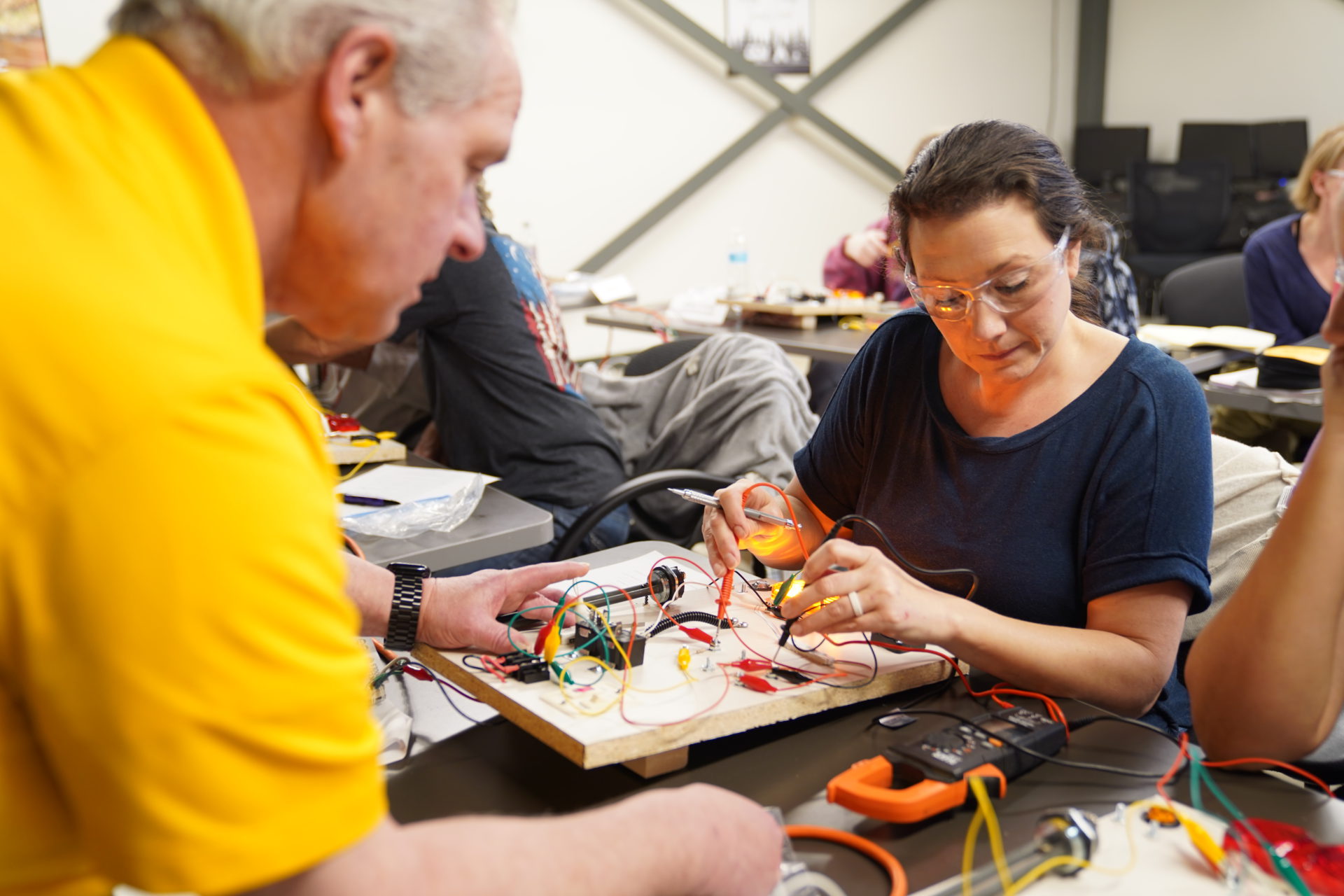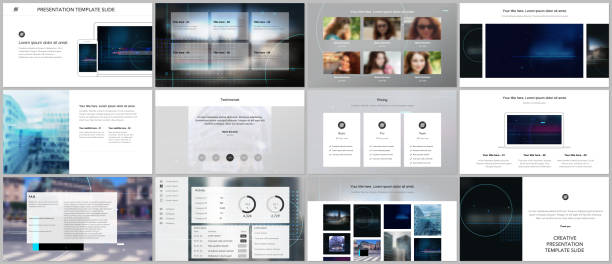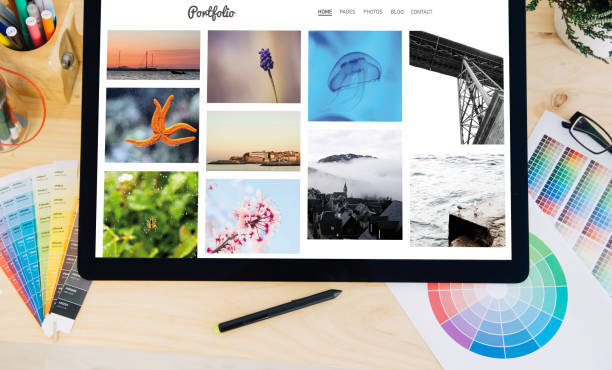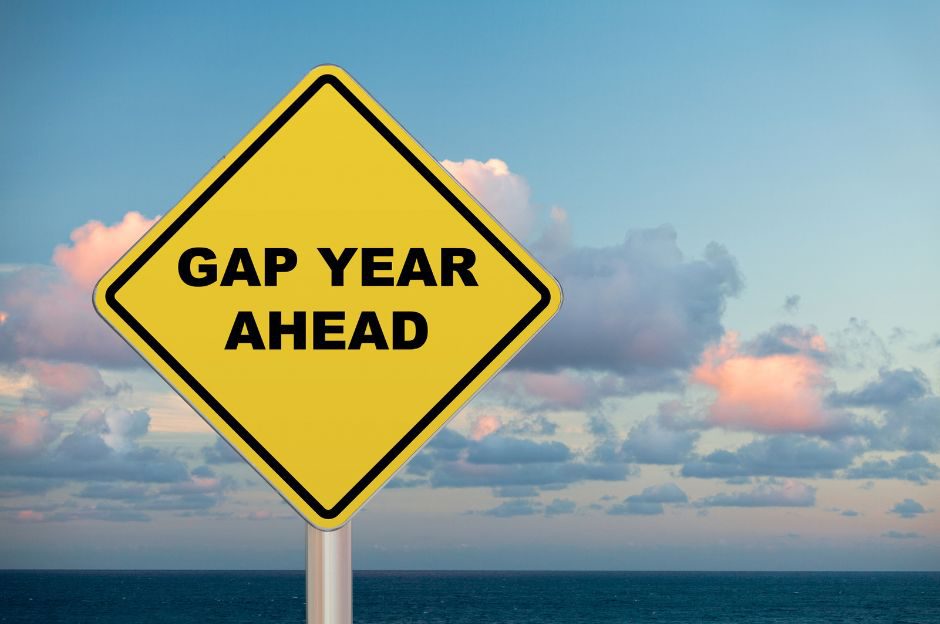
How to make a portfolio in high school
Posted by
How to Make a Portfolio
If you’re an aspiring artist, you probably have a good idea of how to turn your ideas into tangible pieces of art. But do you know how to make a portfolio of your work? A portfolio is so much more than a collection of pieces or a requirement to fulfill on your college applications. It’s a living, ever-changing collection of your best, most representative creations. It’s also the key to getting work as a professional artist.
Learning how to make an art portfolio is a key stepping stone toward building your career, no matter what type of artist you are. How to make a portfolio is a skill writers, visual artists, designers, performers — even non-artists like coders or marketers — need. Especially for those just starting out in their career, a portfolio can fill in the gaps, lend credibility, and demonstrate a person’s creative and professional identity.
Ready to showcase your artistic talent and open doors to incredible opportunities? This article walks you through how to make a portfolio, whether you want to attend art school, apply for scholarships, or land your first creative gig. Discover the essential steps to building an artist portfolio that showcases your best work, and find tips for how to tell your unique story.
What is an artist portfolio?
If you’re curious about how to make a portfolio, the first step is understanding what an artist portfolio is. Think of it as your personal highlight reel or a visual showcase of your work. Whether it’s a physical or online portfolio, this carefully curated and compiled collection of your strongest pieces demonstrates your style, skills, and creative vision.
Wondering why you might need an artist portfolio? It’s a legit question! Artists use portfolios for many reasons:
- To showcase their talent. Whether you’re trying to get a client to commission a piece, hoping a gallery will display your work, or applying to art school, your portfolio allows you to impress people with what you can do.
- To snag opportunities. Knowing how to make a portfolio that speaks for itself helps you reach places your resume alone might not take you. With the right elements, an artist or design portfolio becomes an important tool for landing jobs, getting your artwork into exhibitions, finding someone to represent you in the art world, securing a spot as an artist-in-residence, earning a scholarship for undergraduate or graduate school, and so much more.
Back in the day (ok, as few as 15-20 years ago), artists often toted around big, physical books filled with their art. These days, printing out physical copies isn’t standard practice for how to make a portfolio. It’s much more common for portfolios to live online. You might build a website featuring your work or use a dedicated online portfolio platform. Going digital has made it much easier for anyone, wherever they are, to see your work.
But who might need an artist portfolio? Is it something just for people who paint, draw, or sculpt? While visual artists definitely have portfolios, artists of all kinds use them!

Visual artists
These artist portfolios typically include a collection of high-quality images of their best completed artworks, including drawings and paintings, digital art, and photography.
If you do mixed media or assemblage, your artist portfolio would include pictures showing your process of using different materials to design a cohesive, interesting image. If you sculpt, your portfolio might contain photos showing different angles of the 3D creations to highlight details and scale.
Many college applications request portfolios that include your sketches and process work. The schools want to see your artistic process, which shows how you think, brainstorm, experiment, and develop your ideas from start to finish.
What about performers?
Performers can have artist portfolios, too, although the process of how to make a portfolio is slightly different, since their art is often live and in motion. Their portfolios may include a variety of materials demonstrating their performance abilities and experience.
- An actor’s portfolio could include headshots, a resume, a demo or sizzle reel (short video compilation of their best acting clips from different projects to highlight range and talent), and perhaps recorded videos of specific monologues or scenes.
- A dancer’s portfolio might include dynamic shots of them in different poses or mid-performance, a resume, and a dance reel (compilation of their best performances, styles of dance, technique, and skill level).
- A musician or singer’s portfolio would include audio recordings/music tracks, performance videos of a concert, recital, or jam session, a resume, and a repertoire list (for singers or classical musicians, it’s a list of songs or pieces they perform).
How to make a portfolio from scratch
Whether you’re just starting high school or eagerly awaiting senior year, it’s never too early to learn how to make a portfolio, especially if you plan to attend art school after earning your diploma. Determining how to make a portfolio might seem intimidating at first, but it’s really about showcasing work you’ve already done.
Below, we’ve broken down the process of how to make a portfolio into four simple steps. (If you’re more into YouTube, check out this video on how to make an art portfolio.)
Know your audience and its requirements.
Before you dive into how to make a portfolio, clarify who it's for and what it should highlight. If you’re planning to apply to art colleges or specific programs, this is the most important first step. Each school has its own set of instructions for how to make a portfolio for its art programs. Do your homework to find out:
- How many pieces they want
- What kind of art (media) they’re looking for
- Whether they want finished pieces or want to see your initial ideas and rough drafts
- How they want you to submit it (Is it digital/online, or must you mail in physical artwork?)
- Whether the school has specific prompts or themes you must follow
Keep a list or spreadsheet to organize the requirements for each school and opportunity. Attend open days, if the school offers them. It’s a great way to ask questions and get a feel for what the school is looking for. Try to find portfolio examples submitted by students recently accepted into schools whose art programs you admire to get an idea of the quality and type of work that gets you noticed.
Curate your best work (think: quality over quantity)
You don’t need to include every piece of art you’ve ever made. Your artist or design portfolio should showcase only your best work. If you’re a new artist, 10-30 strong pieces is a good range.
Include pieces that demonstrate your technical abilities. Visual artists might include work made from observation, like portraits, still lifes, figures, interiors, or landscapes, demonstrating the ability to translate what they see into art.
Don’t be afraid to include work that comes from your imagination or memory. You want to highlight your original ideas and unique artistic voice. Some schools want to see thematic works that explore a concept in depth. Try to include pieces made with different materials (drawing pencils, acrylics, watercolors, collage, printmaking, digital art) to show your versatility and comfort with various tools and techniques.
Present your work professionally
Whether physical or digital, ensure your artist or design portfolio is neat and clean and physical pieces aren’t damaged or framed. Take clear, well-lit, high-res photos of your artwork for digital submissions. Aim for consistency when photographing your work. Use good lighting and consider cropping images of the artwork itself — or showing it in a presentation context like on a white wall or pedestal — rather than propped against a couch cushion or flat on your bed.
When learning how to make a portfolio, embrace organization! Keep the design clean, minimal, and focused on the artwork itself. Organize your pieces chronologically (most recent first) or by different projects/disciplines. If you’re emailing or uploading your portfolio, convert it to a PDF. The first page should include your name and contact information. Dedicate a single page per artwork piece with a large, clear image and item description.
The biggest takeaway on how to make a portfolio? Label every piece of work with:
- Your name
- Artwork title
- Year you created it
- Medium (e.g., acrylic on canvas, charcoal on paper)
- Dimensions (size)
Ask for feedback!
Before sending it off, ask your art teacher, mentor, or another artist to look at your portfolio and give you honest feedback. They can spot things you may have missed and help you strengthen it further. You can also register for National Portfolio Day, which is a series of events organized by the National Portfolio Day Association, where students can meet with representatives from art and design colleges/universities to receive feedback on their artist and design portfolios. These events are free and an excellent opportunity for aspiring artists and designers to get insights and guidance before applying to art schools.
Professional portfolio must-haves
A professional portfolio takes your work to the next level, presenting you as a serious artist ready for galleries, commissions, grants, residencies, and even a career in the art world. While the details of how to make a portfolio will vary depending on your field, the core principles of how to make a professional portfolio are the same.
High-quality work
The core of an artist or design portfolio is the high-quality work itself. These portfolios include only the strongest, most resolved pieces and emphasize a consistent artistic voice, style, or thematic focus. A professional artist portfolio presents a cohesive body of work and recent creations, typically within the past 1-3 years. Again, quality over quantity. Including 10-20 truly exceptional pieces is far more impactful than 50 mediocre ones.
Quality Documentation
Document your artwork with care. Invest in high-res, well-lit, color-accurate photographs of your work. Do straight-on shots with even lighting for 2D art and multiple angles for 3D art. Present images against a neutral background, like white or grey, for digital portfolios. Avoid busy backgrounds or distracting elements. If your work has been exhibited, include professional images of the gallery or exhibition installation to show how your work functions in a real-world setting. Each artwork needs essential information, including its title, creation date, medium, and dimensions.
An Artist Statement
While you may include an artist statement for a portfolio you’re submitting to a college program, it’s essential for a professional portfolio. An artist statement focuses on the “what” and “why” of your art. This brief, written explanation (1-2 paragraphs but no more than a page) describes the themes, ideas, processes, and overall message your art communicates.
Resume
A resume or curriculum vitae (CV) is another formal component of a professional artist or design portfolio. This document details your education (degrees, relevant workshops, residencies), exhibitions (solo and group shows), awards or grants you’ve received, public or private collections that hold your work, mentions in publications or press, and any teaching or art-related work experience.
Showcasing your style and skills
As you noodle on how to make a portfolio, remember its overarching goal: to showcase your style and skills. When you decide what to include in your artist portfolio, each piece should:
Demonstrate fundamental skills.
Portfolios often require pieces drawn from direct observation, which shows your ability to accurately depict form, light, shadow, proportion, and composition — fundamental skills essential regardless of your career path. Various media allow your artist portfolio to reveal your command over different tools, materials, and techniques (think drawing, sculpture, painting, digital art, printmaking, clothing design, etc.). Strong art and design portfolios inherently show an understanding of concepts like unity, variety, balance, emphasis, rhythm, repetition, proportion, scale, color theory, and composition. Reviewers will assess how well you apply these principles.
Reveal your personal style and choice.
Wondering how to make a portfolio that stands out? Include pieces that communicate your artistic identity. Choose works reflective of your interests, values, and how you see the world. Consider pieces inspired by personal experiences or that offer a unique take on a common subject. You may also assemble an artist or design portfolio that’s a sustained investigation or thematic collection, which shows your ability to explore a concept in depth and develop an artistic voice.
Include pieces showing your willingness to step outside your comfort zone and explore different mediums, styles, or even non-traditional materials. You’ll highlight your curiosity, adaptability, and growth potential. For fields like animation or illustration, choose pieces that tell a story through characters, environments, or specific moments, indicating your ability to communicate narratives visually.
Showing your creative process.
Many art schools and programs want to see not just the final product, but the journey. Include sketchbook pages, preliminary sketches, studies, even “wrong turns” to show your thought process, problem-solving abilities, and growth mindset. Accompanying artist statements or written explanations for each piece let you articulate your inspiration, artistic decisions, and what you learned during the creation process.
Check out these portfolio examples:
- New York Art Studio portfolio example
- Kings Life: How to make an artist portfolio with portfolio examples
- Prima Materia Art Institute: College art portfolio examples
- Art Prof: Art school portfolio examples
- Why is this good? Art school portfolio examples
- High School Artist Portfolio Examples
Building an online portfolio
Once you’ve got a handle on how to make a portfolio, it’s time to figure out how to put that portfolio online. While many creatives have their own websites, you can also use free platforms like Behance or Google Sites to move your portfolio into the digital sphere. No two portfolios are alike, but all online artist portfolios share the following components:
- A statement of originality, which can be short and sweet, like “All the artwork in this portfolio is my original creation. Each piece reflects my unique perspective and artistic journey as I explore different ideas and techniques.”
- An about me or personal statement, which is your chance to show your personality beyond your art. Use this section to tell your story, explain your passion, and connect with the admissions committee.
Example 1:
“As a digital artist, I specialize in character design and visual storytelling, using my passion for narrative to create compelling connections in every piece. My goal is to develop and refine my technical and visual communication skills in a rigorous art program.”
Example 2:
“My work is a lens through which I observe and interpret the world, transforming complex themes into thoughtful visual solutions through detailed observation and different media. I seek to grow my critical thinking and artistic craft at an art school that challenges me to create meaningful art.”
- Previous work from high school classes, summer programs, or stuff you’ve created for fun. Use the same approach on how to make an online portfolio as you would a physical one. The advantage of a digital portfolio is that it’s dynamic and updatable, so it can evolve as you learn more, improve your skills, and even change your style. A digital format makes it easier to customize and personalize your creativity in a way that doesn’t necessarily translate on the universal college application form, too
- Contact information, including your name, address, email, and phone number.
Still not sure about how to make a portfolio if you need to submit one digitally? Check out these resources:
- Art school portfolio tips
- Adobe: How to make a portfolio
- Top portfolio website builders to design your online portfolio
- Format: How to make a portfolio for college and university
How to make a portfolio stand out: 5 tips
Ready to create an artist portfolio that shines? Follow these recommendations:
- Do your homework and read the requirements for each school. Each art school will specify how many pieces to include, the format, and the submission deadline.
- Prioritize quality over quantity. It’s better to include fewer exceptional pieces than a large number of works that aren’t your absolute best. Focus on showcasing your strongest, most recent, and most original work. A highly curated selection also demonstrates your ability to edit and present your work thoughtfully. This is a valuable artistic skill in itself.
- Include artwork created from direct observation, such as still lifes, figure drawings, or landscapes. These examples prove your foundational technical abilities — fundamental skills that admissions committees look for, as they show your potential for growth and mastery.
- Your artist portfolio should convey your personal perspective, interests, and creative voice. Include pieces that tell a story, explore themes important to you, or showcase your approach to a subject. These highlights give admissions officers a glimpse of you as an individual artist. They display your potential for original thought and expression.
- Include process work and provide context. Many art schools want to see your creative journey, not just the final product. Consider adding works-in-progress or the beginning stages of a particular project, like preliminary sketches or studies. Be prepared to discuss your work’s inspiration and creation process if your application includes an interview.
How to make a portfolio in high school: Key takeaways
Even if you’re just starting out, learning how to make a portfolio gives you a major edge. Designing your high school art portfolio gives you a chance to showcase your passion, talent, and enthusiasm for what comes next in your artistic journey.
Blog Categories
- Career Advice
- College Admissions
- Colleges & Universities
- Financial Aid and Scholarships
- For Counselors
- For Parents
- For Students
- Gap Years
- Mental Health and Wellness
- Online Learning
- Performing and Visual Arts
- STEM Majors and More
- Summer Programs
- Teen Volunteering
- Trade & Vocational Schools
- Tutoring & Test Prep

Organization with listings on TeenLife? Login here
Register for Free
We’re here to help you find your best-fit teen-centered academic and enrichment opportunities.
Forgot Password
"*" indicates required fields










